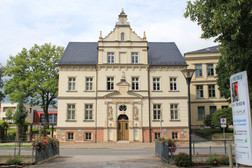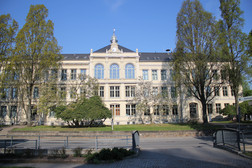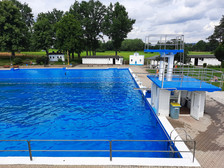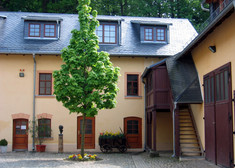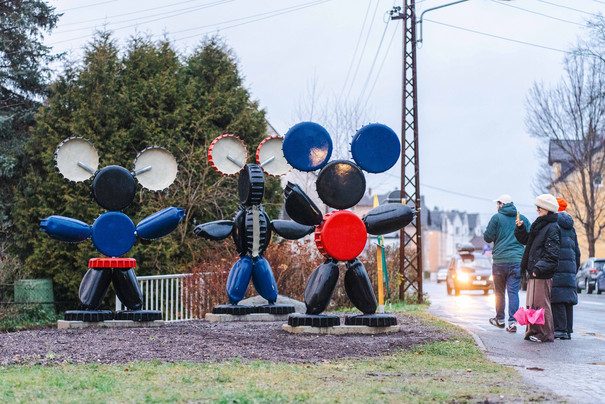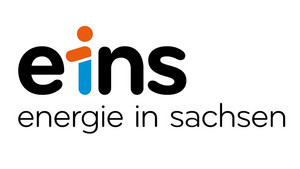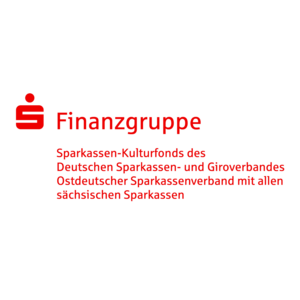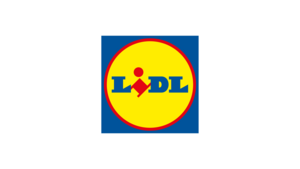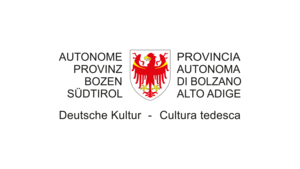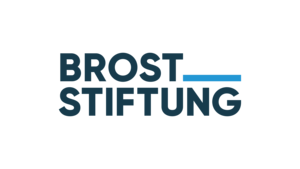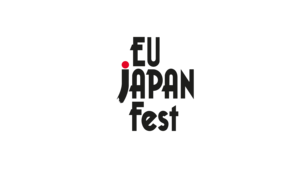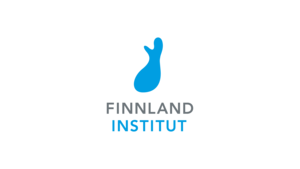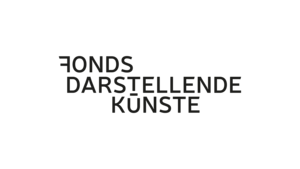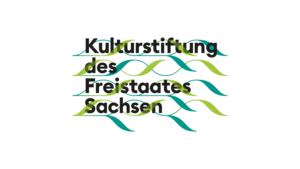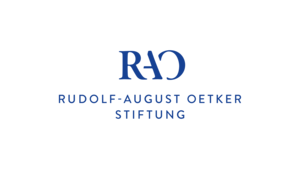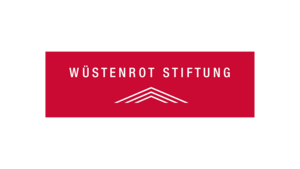The municipality of Gersdorf in the district of Zwickau stretches along the Hegebach stream at the foot of the Erzgebirge mountains, not far from the world-famous Sachsenring race track near Hohenstein-Ernstthal, the scene of numerous racing events. Over the course of its 850-year history, the original forest village has developed into a town of around 3,800 people who live here and help to shape their community with a committed community life. As part of the Lugau-Oelsnitz coalfield, Gersdorf's recent past has been shaped by mining. Today, the Steinkohlenweg - a network of 220 kilometers of hiking, cycling and riding trails that encourages sporting activities - is a reminder of this. An educational mining trail leads to historic mining sites - in Gersdorf, for example, the Pluto and Merkur shafts and Kaisergrube I and II.
The Gersdorf summer pool offers (summer) recreational opportunities. The Hessenmühle art and culture center is a place to go for art enthusiasts. Parts of the premises of the renovated four-sided courtyard are dedicated to the Gersdorf painter and graphic artist Heinz Tetzner, who was inspired by the works of the Brücke artists. Tetzner's works can be seen in the Neue Nationalgalerie Berlin, the Galerie Neue Meister in Dresden and the Kunstsammlungen Chemnitz - as well as in the Tetzner Museum in Gersdorf.
Jan Kummer: Heimat Ensemble II
Art and sculpture trail PURPLE PATH
The sculpture group Heimat Ensemble II by artist Jan Kummer consists of round elements reminiscent of oversized bottle caps. The colourful elements form the silhouette of Mickey Mouse. Disposable products from the consumer industry are thus humorously and provocatively transformed into art, alluding to the usability of every-day objects in GDR‘s society of scarcity. Jan Kummer was born in Weimar, former GDR, in 1965. He now lives and works in Chemnitz, Germany.
